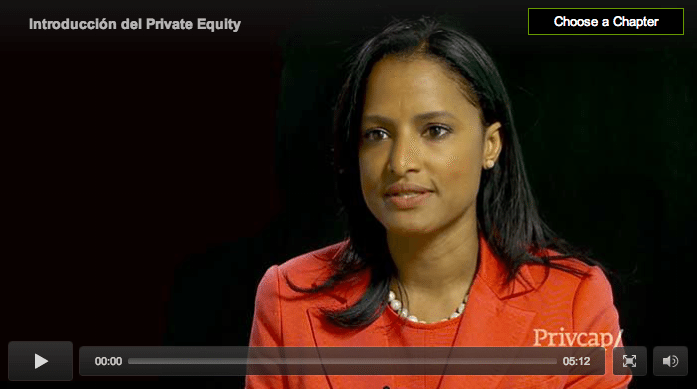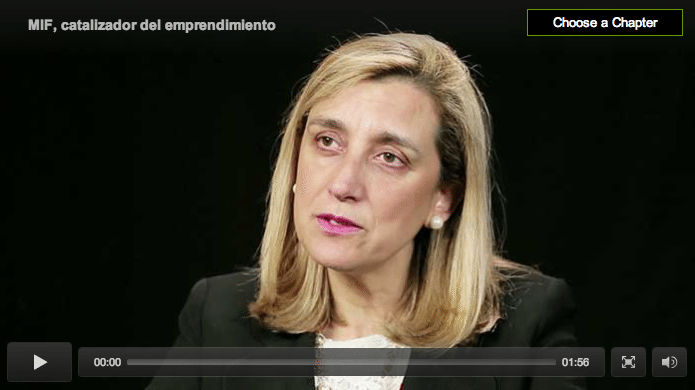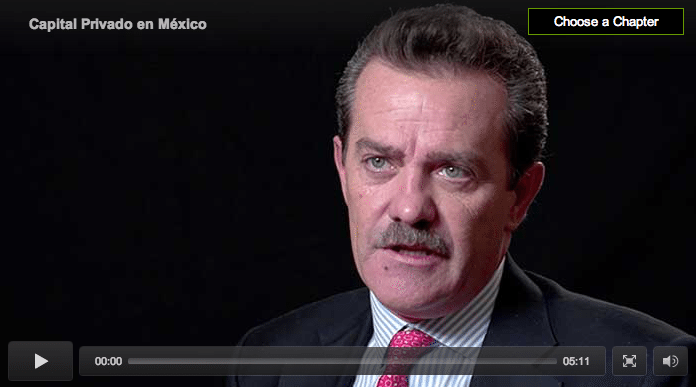Mexico Gets Primed for Private Equity
The Latin American Venture Capital Association (LAVCA) recently ranked LatAm economies on fostering growth in private equity and venture capital. Chile ranked first, Brazil second, while Mexico won the bronze. But experts say Mexico’s uncrowded market is gaining momentum.
When Nexxus Capital, Mexico’s largest private equity firm, raised its first fund in 1998, GDP per capita stood at US $3,000. Today, as Nexxus closes Fund VI, it hovers above US$10,000. Juan Pablo Visoso, managing director at the firm, says the Mexican middle class will continue to expand and that this demographic shift is laying the bedrock for significant opportunities for private equity.
Experts say the regulatory framework has played a role in redistributing wealth and promoting growth. “Mexico has had a pro-business government for the past 25 years,” Visoso said. “But now we see a government where Congress has the political ability to reform many laws that have not been amended in many years.”
A key reform came in 2009, when regulatory authorities introduced CKDs (Certificados de
Capital de Desarrollo, or “Structured Equity Securities”) to the market. The purpose of the asset class was to create sources of capital for Mexican businesses and domestic infrastructure projects. It also gave Mexican pension funds the green light to invest up to 20 percent into private equity. While some industry players have said the process is still cumbersome, Visoso says pension funds have so far injected $4 billion into the market, a majority of it in real estate.
But what is preventing Mexican private equity from sharing the spotlight with Chile and Brazil?
Building a Track Record
According to Juan Savino, research director at LAVCA, private equity in Mexico still has a long way to go. “One of the main explanations for the underdevelopment of this industry when compared to other regional markets is the fact they have not had local sources of capital to finance first-time fund managers,” says Savino. “Brazilian pension funds started to invest in the asset class in 2002. They have the first generation of managers that have built a track record in the last few years.”
Visoso says that Mexican pensions have funded only eight private equity groups so far. “They have been very careful and selective to avoid hurting the asset class, which may result in the pension systems no longer being able to invest in private equity,”
he says.
Marketing Mexico
A negative perception of corruption may be Mexico’s biggest hurdle to becoming an investor favorite. After decades of global headlines centering on drug cartels and violence, Visoso says the government must make a concerted effort to educate international investors about improvements to corporate governance under the new administration.
In a Privcap interview, Arturo Saval, managing director at Nexxus and chairman of the Mexican Venture Capital and Private Equity Association (AMEXCAP), said: “We were not good enough at marketing ourselves as a destination for private investment, while other countries were really at good at that. Obviously the main culprit is Brazil. They raised a ton of money—and from there, a lot of IPOs and a much larger public equity market.”
There have been only nine PE-backed IPOs on the Mexican Stock Exchange since 2004. Savino says exits have largely been executed through strategic sales, with an emphasis on the manufacturing, financial services, media, and telecom sectors.
While exit activity has been slow and concentrated, Visoso says, “There have been some substantial improvements in the regulation of public markets, so we do see a developing equity market in Mexico.”
He adds, “We believe that in the future, we’re going to see a 50-50 split between strategic sales and IPOs.”
Progress in Deal Flow and Dynamics
Visoso says it has been easier for firms like Nexxus to access deal flow. But it took years for the industry to build a solid collection of stories that could clearly illustrate the role of private equity to Mexican entrepreneurs.
“We had to explain to them that we are very active investors,” Visoso says. “That we are going to be investing a lot of time and money in institutionalizing the company.” This usually involves strengthening ERP and hiring one of the big four accounting firms to make the company more
market-friendly.
The Entrepreneur Is Alive and Well in Mexico
In addition to the favorable regulatory environment, Savino says demographic data is providing
a solid outlook for long-term growth. Mexico’s labor force will increase by 10 million over the next 15 years, and middle-class households will almost double to 37 million, according to a Bain report.
The LAVCA scorecard reported that the new administration has placed an emphasis on entrepreneurship and competition, encouraging a business-friendly environment for local and
international investors.
According to Michael Rogers, global deputy sector leader at EY, these socioeconomic shifts are essential to Mexican entrepreneurship. As business owners transition leadership to the next generation, he says “what they really want to do is hold on to some family component but sell a minority stake in a business and get capital that they need to grow.”
Rogers noted that because minority stakes are more common than full buyouts, relationship cultivation is key. “These aren’t full buyouts,” he said. “You’ll be a partner with these folks for a long time, and if that relationship isn’t secured on the front end, then you will have a disappointing path and ultimately an unfortunate exit.”
“The entrepreneur is certainly alive and well in Mexico,” he added. “It’s a thriving environment and growing principally around the consumer space, oil and gas, and some other major industries.”
Rogers says the lift in domestic demand directly plays into the financial services sector. “As these folks generate more per capita GDP, they will begin to want to use more sophisticated banking products,” he says. “Those markets are underdeveloped in many parts in Mexico.”
In 2012, Banco Santander’s Mexican unit launched a US$4 billion IPO—the largest ever in Mexico and the second-largest in the U.S. Following that success, Nexxus Capital listed its fourth IPO, Credito Real, a consumer-oriented bank catering to more modest segments of the population. The dual IPO raised US$200 million. ■
Experts say Mexico’s uncrowded market is gaining momentum.


